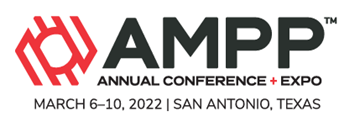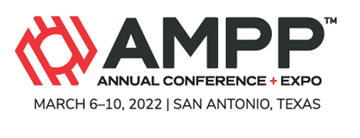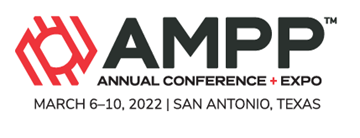Search
Quantitative Test Method For Vapor Inhibiting Ability Of Volatile Corrosion Inhibitors
Also Purchased
Proposal Of 18Cr-8Ni Based Austenitic Stainless Steel With Superior Stress Relaxation Cracking Resistance
Product Number:
51322-17536-SG
Publication Date:
2022
$20.00
Recent Advances On The Influence Of Microstructural Characteristics On Corrosion Resistance In H2SO4 Of Anodized Titanium
Product Number:
51322-17589-SG
Publication Date:
2022
$20.00
Refinement Of Citric Acid Passivation Methods And Comparison To Traditional Nitric Acid Based Chemistries
Product Number:
51322-17628-SG
Publication Date:
2022
$20.00




